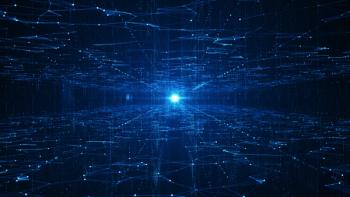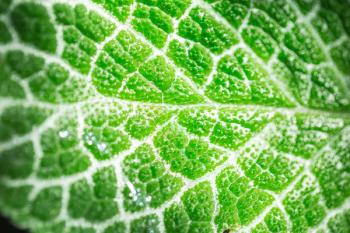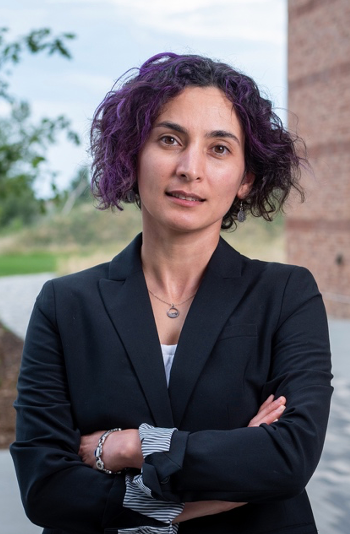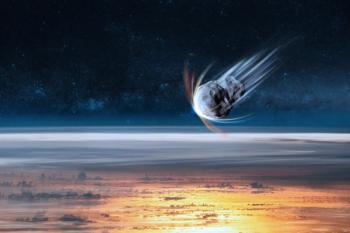
- March 2022
- Volume 37
- Issue 3
- Pages: 31–35
A Survey of Basic Instrument Components Used in Spectroscopy, Part 1: Sources, Lasers, and Detectors
High-performance instrumentation requires many critical components. We focus here on energy sources, lasers, and detectors.
In Spectroscopy, we regularly discuss the chemistry and physics of measurements made on a variety of sample types using many spectroscopic techniques. Only occasionally have we covered what’s inside the instruments we use for making our measurements. Many critical components and procedures are required to build and manufacture safe and effective high-performance instrumentation, including energy sources, lasers, detectors, optics, and electronics, as well as the design and safety and performance testing of those parts. In this four-part article, we survey various aspects and component parts of spectroscopy instrumentation to provide a basic “under the hood” look at those instruments we spectroscopists are sometimes all too familiar with or even complacent about—often referring to instrument research, design, engineering, manufacturing, and quality testing teams simply as “vendors.” In today’s fast-paced instrument manufacturing facilities, there is a lot of research and engineering going on that covers a broad range of scientific endeavors, all the way from ideation to shipping. This four-part series follows on from The Spectroscopy Instrument Components Terminology Guide, published in February, which you can download for use as a reference. We are also planning future tutorial articles, so look out for those.
In this part 1 of a four-part spectroscopy components survey article series, we take a closer look at two main topics, covered in Tables I and II, with each table containing four columns of information—the component name, a text description, basic specifications, and references and links (1–8). Table I describes electronic and vibrational spectroscopy sources and lasers, addressing the topics of lasers, light-emitting diodes (LEDs), broadband-light sources, infrared (IR) light sources, emission lamps, and special sources. Table II surveys vibrational spectroscopy detectors, such as infrared (IR), Raman, charge-coupled devices (CCDs), near-infrared (NIR), visible (vis) detectors, and ultraviolet (UV) detectors.
Part 2 of this series will include Table III, listing a variety of aspects associated with electronic and vibrational spectroscopy optics, including IR, Raman, near-infrared (NIR) optics, UV optics, visible optics, CCDs, monochromators, interferometers, diode arrays, digital light processing (DLP) optics, microscopes, and hyperspectral imaging (HSI) systems. Optical filters (high-pass, low-pass, interference, acousto-optic tunable filters [AOTF], tilting, broadband, narrowband, neutral density, custom, and so forth) is a rather large subject and is beyond the scope of this article series (the Spectroscopy Instrument Components Terminology Guide covers the general terms related to filters [1], and we note that the subject of optical filters would be an excellent topic for a future article).
Part 3 of this component series lists Table IV and includes the main special components and terms used in atomic spectroscopy instrumentation for inductively coupled plasma–optical emission spectroscopy (ICP-OES), ICP–mass spectrometry (ICP-MS), X-ray fluorescence (XRF), energy-dispersive X-ray spectroscopy (EDX), total-reflection XRF (TXRF), and laser-induced breakdown spectroscopy (LIBS).
Part 4 of the series includes Tables V–VIII, with Table V covering spectroscopy electronics, including printed circuit board (PCB) design and manufacturing. Table VI describes spectroscopy design services, specifically outsourced instrument design and manufacturing. Table VII summarizes instrument testing services, most notably, electrical safety testing, electromagnetic compatibility (EMC), and electromagnetic interference (EMI) testing. Finally, Table VIII delves into the firmware and software aspects of instrumentation, which include instrument driver and control firmware, instrument function driver software, data transfer and user interface software, and data analysis software. All components are listed in alphabetical order in each table.
The technology behind spectroscopic instrument energy sources, lasers, and detectors is advancing rapidly due to materials and electronics advances. However, for new technology to be used for routine instrumentation, it must meet multiple criteria, including predictable performance, reliability, cost requirements, availability, compatibility, and safety. These and other criteria generally require several years of experience with new technologies to effectively incorporate them into reliable instrumentation.
References
(1) J. Workman, The Spectroscopy Instrument Components Terminology Guide 2022, posted February 14, 2022 at https://www.spectroscopyonline.com
(2) J. Workman, The Concise Handbook of Analytical Spectroscopy: Physical Foundations, Techniques, Instrumentation and Data Analysis, in five volumes, first edition, UV, Vis, NIR, IR, and Raman (World Scientific Publishing-Imperial College Press, New Jersey and Singapore, 2016). ISBN-13: 978-9814508056.
(3) J.M. Chalmers and P.R. Griffiths, Handbook of Vibrational Spectroscopy (John Wiley & Sons, New York, NY, 1st Ed., 2002). ISBN: 978-0-471-98847-2
(4) ASTM (American Society for Testing and Materials) ASTM Volume 03.06, “Molecular Spectroscopy and Separation Science; Surface Analysis” (ASTM International, West Conshohocken, PA, 2017).
(5) N.B. Colthup, L.H. Daly, and S.E. Wiberley, Introduction to Infrared and Raman Spectroscopy (Academic Press/Elsevier, Boston, MA, 3rd ed., 1990). ISBN: 9780121825546
(6) H.J. Kunze, Introduction to Plasma Spectroscopy (Vol. 56) (Springer Science & Business Media, Berlin, Germany, 2000), ISBN-10: 3642022324
(7) J.M. Hollas, Basic Atomic and Molecular Spectroscopy (Vol. 11) (Royal Society of Chemistry, Burlington House, United Kingdom, 2002). ISBN-10: 0854046674
(8) J.A. Holcombe, G.M. Hieftje, and V.Majidi (eds), Focus on Analytical Spectrometry: A Compendium of Applied Spectroscopy Focal Point Articles (1994-1997) (Society for Applied Spectroscopy, Frederick, MD, 1998). ISBN-10: 1891276018
Articles in this issue
almost 4 years ago
The Infrared Spectra of Polymers V: Epoxiesalmost 4 years ago
The 2022 Employment and Salary Survey: Looking for a Return to NormalcyNewsletter
Get essential updates on the latest spectroscopy technologies, regulatory standards, and best practices—subscribe today to Spectroscopy.





